روز 6 اوت سال 2014 آندره استنین، عکاس خبری خبرگزاری «روسیا سگودنیا» هنگام اجرای وظایف حرفه ای خود در شرق اوکراین کشته شد.
خبرگزاری بین المللی «روسیا سگودنیا» با نظارت کمیسیون امور یونسکو در روسیه در همان سال برای گرامی داشت و یادبود آندری استنین، مسابقه بین المللی عکاسان خبری به نام این عکاس محترم را تاسیس نمود.
هر سال در تاریخ 6 اوت — روز شهادت آندری استنین — در مرکز بین المللی خبری چند رسانه ای خبرگزاری بین المللی «روسیا سگودنیا» اسام برندگان مسابقه بین المللی عکاسان خبری آندری استنین اعلام می شوندو
امسال درآستانه این تاریخ مهم خبرگزاری «اسپوتنیک» با آقای صادق سوری، عکاس محترم ایرانی و برنده مسابقه سال 2017 در بخش «پرتره قهرمانان زمان ما» در مورد اهمیت عکاسی خبری به گفت و گو پرداخته است.
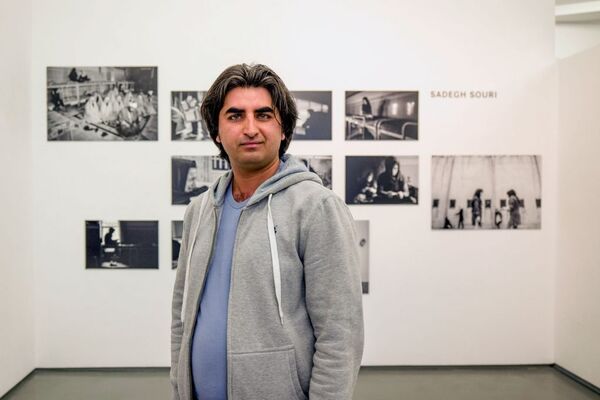
اسپوتنیک: چطور به کار عکاسی خبری رو آوردید؟
— در سن 16 ـ 17 سالگی کتاب جیمز نچوی را دیدم و خواندم و علاقمند به عکاسی شدم. ابتدا عکاسی من مستند اجتماعی و عکاسی طبیعیت بود و بعد به عکاسی خبری (فوتو ژورنالیسم) رو آوردم. مجموعه های متفاوتی از اشخاص و نقاط ایران دارم اما اکثر تصاویری که گرفتم در سیستان و بلوچیستان عکاسی شده بود. من در همان استان بزرگ شدم و علاقه خاصی به این منطقه دارم. تا به حال شش نمایشگاه انفرادی در ایران داشته ام.
اسپوتنیک: سوژه های عکاسی شما چیست؟
— بیشتر روی سوژه هایی کار می کنم که در زندگی من تاثیر داشته اند مثل مجموعه عکس قربانیان قاچاق سوخت که توانست در جشنواره عکاسی خبری آندری استنین در روسیه برنده شود. در این مجموعه سخن بر سر آدمهایی در استان سیستان و بلوچستان ایران است. در این مجموعه عکس از افرادی تصویر گرفته شده که قربانی یک حادثه شدند. آنها پس از خشک شدن بستر دریاچه هامون در این استان همجوار مرز پاکستان که بر اثر آن تعداد زیادی از مردم که به ماهیگیری و کشاورزی اشتغال داشتند، بیکار شدند براینکه بتوانند یک لقمه نان را به دست بیاورند و برای امرار معاش و تامین مخارج زندگی خود به کار پر خطر اما سودآور قاچاق سوخت پرداختند. شما در این مجموعه عکس به راحتی می توانید ببینید که این مردم چه رنجی کشیدند و چه اتفاقی برای آنها افتاده بود. این اشخاص سوخت را که قیمت آن در ایران نسبتاً ارزان است، به صورت قاچاق به پاکستان ارسال می کردند که قیمت سوخت در آنجا بسیار گرانتر است و از این طریق در آمد زیادی به دست می آوردند. قاعدتا وقتی که کسی یک کار خلاف را انجام می دهد، ممکن است که سری از مشکلات و موانع سر راهش وجود داشته باشد.
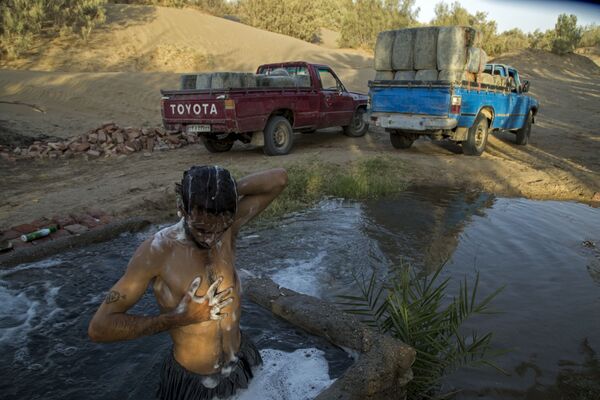
اسپوتنیک: عکس های خود از قربانیان قاچاق سوخت چگونه گرفتید؟
ـ- من طی چند سال بر روی تهیه این سوژه کار کردم. از ابتدا مجموعه عکس از خود قاچاقچیان سوخت آماده کردم و سپس به موضوع قربانیان این ماجرا پرداختم. برای تهیه این عکس ها طی سک سال به حدود 300 روستا در نزدیکی مرز پاکستان سفر کرده و با مشکلات زیاد قربانیان قاچاق سوخت را برای عکس گرفتن از آنها راضی کردیم. خیلی ها به من اجازه عکاسی نمی دادند چون می ترسیدند اطلاعاتی که ما به دست می آوریم، برای آنها دردسرساز باشد. در نهایت، 22 نفر موافقت کردند. آن مجموعه عکسی که در جشنواره روسیه برنده شد، از 9 عکس تشکیل شده است.

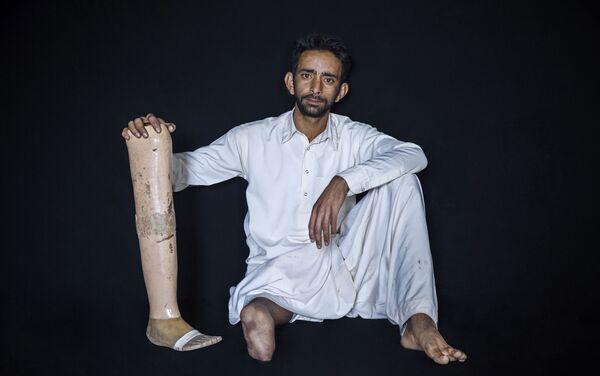
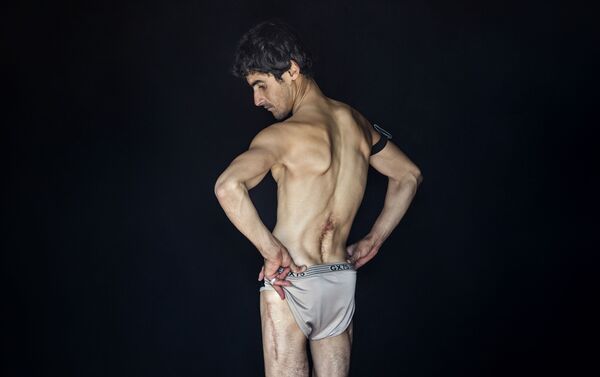

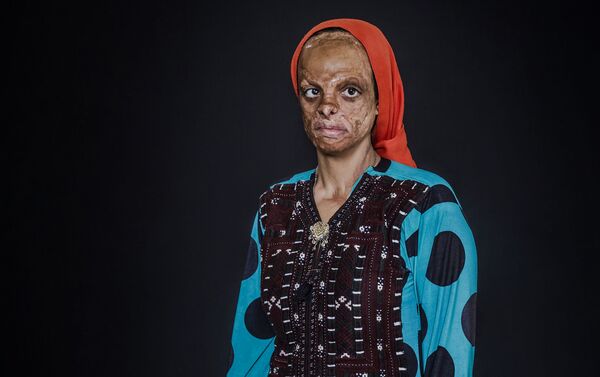

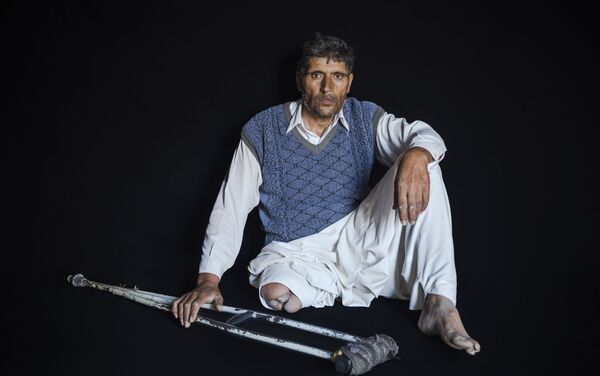


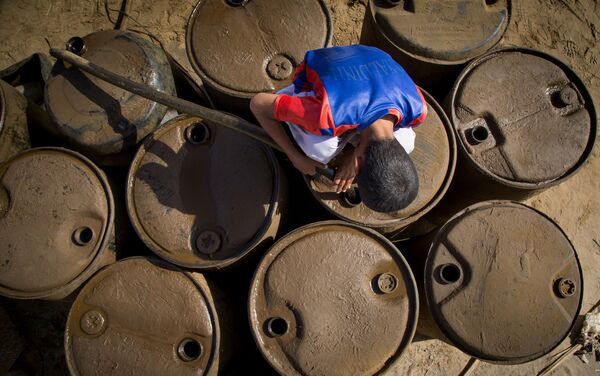
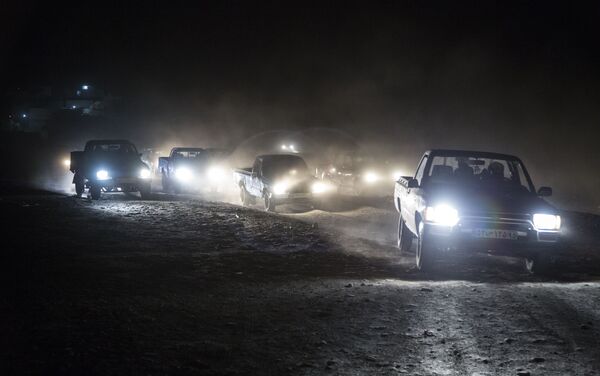



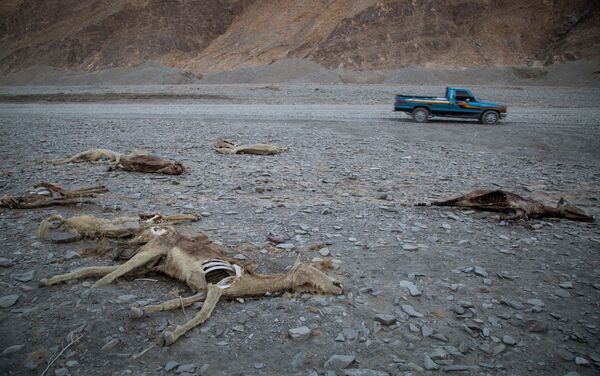

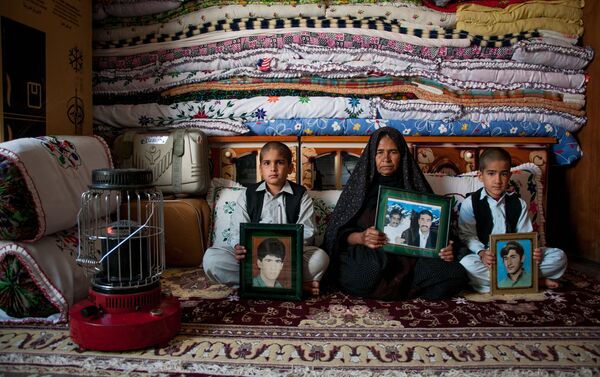
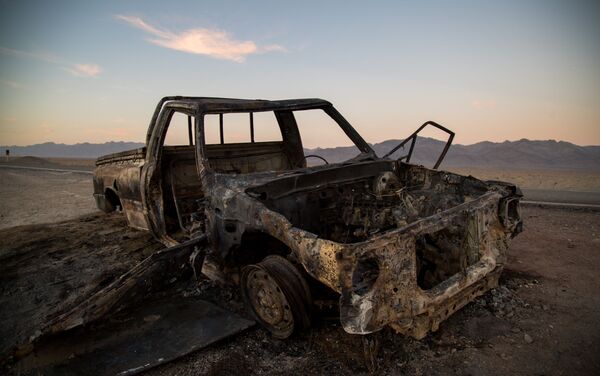
اسپوتنیک: آیا طی این سالهایی که بر روی تهیه مجموعه عکس «قاچاق سوخت» در آن منطقه کار کردید، با مشکلات یا سختی ها مواجه شدید؟
— از سال 2011 به تهیه مجموعه عکس به عنوان «قچاق» پرداختم. این پروژه در مرحله اول تحقیقاتی و مطالعاتی بود. فقط در سال 2013 به عکاسی از صحنه های واقعی و افراد درگیر این ماجرا پرداختم. این پروژه «قاچاق سوخت» برای من بسیار سخت و زمان بر بود. تقریبا تا سال 2017 طول کشید که مجموعه عکس « قاچاق سوخت» را به پایان برسانم. اتفاقی که داشت این است که ما وارد منطقه ای می شدیم که در آنجا عده ای از افراد مواد سوختی یا نفتی را از ایران خارج می کردند. کار ما در نقطه صفر مرزی بود. این یک منطقه خطرناک است که در آنجا ممکن است برای ما هر اتفاقی بیفتد. افرادی که کار سوخت را انجام می دادند، برای ما مشکل ساز می شدند و گاهی جلوی مارا می گرفتند. گاهی نیروهای امنتی جلوی ما را می گرفتند. من طی 4 سالی که عکاسی از قاچاق سوخت می کردم، سه بار توسط نیروهای امنیتی دستگیر شده بودم چراکه من وارد منطقه ای می شدم که در آنجا همه چیز از نظر امنیتی باید هماهنگ می شد. وقتی که ماموران نیروی امنیتی مجوز های خبرنگاری را می دیدند، ما را آزاد می کردند و با ما کار نداشتند. از سوی دیگر، گاهی با برخورد بد از سوی قاچاقچیان مواجه می شدیم. خیلی ها به ما اجازه نمی دادند که ما اصلا ورود منطقه بشویم. آنها می گفتند که این عکسها یا اطلاعاتی که ما به آن دست آوردیم، به دست نیروهای امنیتی بیفتد و آنها به خاطر کار غیرقانونی خود دستگیر شوند. حتی ما به یک جایی رسیدیم که در آنجا قرار بود ایرانی ها مواد نفتی را به پاکستانی ها تحویل بدهند. این یک انباری با سوجت بود. پاکستانی ها اسلحه کشیدند و گفتند که ما حق عکاسی از این محل نداریم و باید این محل را سریع ترک کنیم.
اسپوتنیک: احساس شما در این کار پر خطر چه بود؟
— بعضی از سوژه ها عکاسان خبری را به قول معروف قلقلک می دهند. خبرنگاران مطبوعاتی مجذوب کار خود می شوند و مهم نیست که این کار پرخطر باشد و چه اتفاقی بیفتد. خبرنگاران عکاسی برای رسیدن به نتیجه خوب و برنده شدن در مسابقات رشته خود خطر را به جان می خرند.
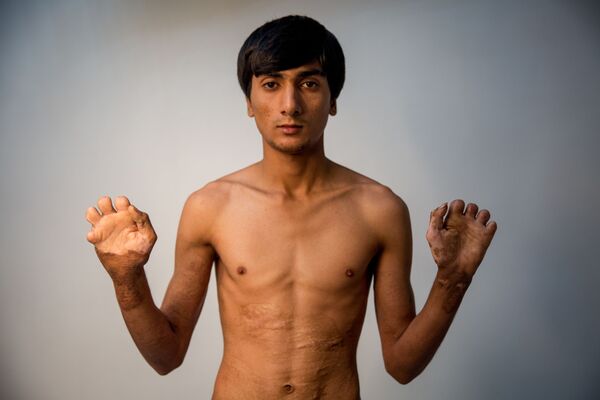
اسپوتنیک: چطور شد در مسابقه عکاسی خبری آندری استنین در مسکو شرکت کردید؟ این مسابقه برای شما چه امتیازاتی داشت؟
— ما عکاسان دوست داریم عکس هایمان دیده شود. از طریق یکی از دوستانم (مجتبی رحیم خان) از برگزاری این مسباقه در روسیه با خبر شدم و تصمیم گرفتم در بخش پرتره آن شرکت کنم. مجموعه عکس «قربانیان قاچاق سوخت» را به مسکو ارسال کردم که مورد توجه هئیت داوران واقع شد. درباره مسابقه استنین باید گفت این یکی از حرفه ای ترین و مهم ترین مسابقات عکاسی خبری در دنیاست. در این جشنواره، عکاسان موفق و صاحب نام شرکت می کنند. از سوی دیگر، عکاسان بسیار معتبر، صاحبان و سردبیران مجلات بسیار معروف دنیا هئیت داوران این مسابقه را تشکیل دادند. می توان گفت که خود هئیت داوران یکی از امتیازات بود که من در این جشنواره مطبوعاتی شرکت کردم.
اسپوتنیک: آیا انتظار داشتید که در مسابقه استنین برنده شوید؟
— هر عکاسی دوست دارد در هر مسابقه در رشته خود پیروز بشود و یا یکی از برندگان باشد. البته خیلی امیدوار برنده شدن نبودم اما در هرحال با رای مردمی و رای هیئت داوران مجموعه عکس من «قربانیان قاچاق سوخت» برنده شد و از این پیروزی خوشحال هستم. گواهینامه پیروزی در این مسابقه دارای نقش بزرگی در رزومه من به عنوان یک عکاس خبری خواهد بود چون مسابقه استنین مسابقه بسیار مهم و معتبری است.
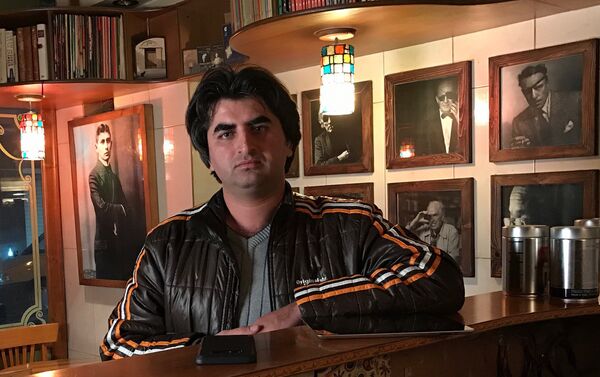
اسپوتنیک: عکاسی خبری چه اهمیتی دارد؟ چه پیامی برای عکاسان خبری تازه کار دارید؟
— عکاسان خبری دارای تاثیر زیادی در دنیای امروز و بر سیاست هستند مثلا عکس گرفته شده از کودک سوری کشته شده را در نظر بگیرید که چه تاثیری بر روی سیاستمداران اروپایی بود. و به دنبال آن، اتحادیه اروپا مرزهای خود را به روی آوارگان و پناهجویان سوری باز کرد. اگر تاثیر آن عکس نبود ، کشورهای عضو اتحادیه اروپا مرزهای خود را به روی پناهجویان باز نمی کردند. پیام من به عکاسان خبری تازه کار این است که فقط به فکر برنده شدن در مسابقات و دریافت جوایز نباشند بلکه در درجه اول به فکر کمک به همنوعان خود باشند. اگر کار عکاسان خبری در بهبود وضع زندگی مردم کمک نکند، بیفایده و بی تاثیر خواهد بود.



